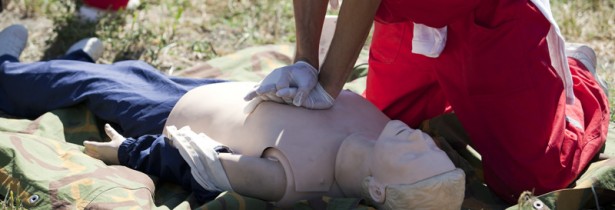Thanksgiving is one of my favorite holidays: a special day set aside for families to be together, spend time sharing and making memories: eating too much food, and maybe watching too much football. It seems that this holiday almost gets ignored, except by those who enjoy this tradition with family and friends.
As soon as the Halloween masks, costumes, and decorations are removed, here come all the Christmas products. What happened to Thanksgiving? Sorry, this article isn’t about how I feel about this holiday; rather, it is about an ongoing topic that comes the day after Thanksgiving: Black Friday! Now, surprise: spoiling the Black Friday plan is the fact that many of the popular retailers are planning to open on Thanksgiving Day for certain hours, carrying their sales on through Black Friday. It would be nice if their workers could have some time off to spend with their families on the holiday.
This is a shopper’s dream: having November 28th, (Thanksgiving Day), plus Black Friday to fill their holiday stockings and purchase gifts at special prices. Retailers know that they always have to be ready to manage crowds for Black Friday; because this will probably remain the least safe shopping day for customers, here are some tips from OSHA for retailers that hopefully will keep their employees safe from stampeding crowds.
Five years ago, a Wal-Mart employee died at the opening of a “Black Friday” sale. OSHA reminds employers that they are responsible for keeping their workplace safe. Much planning should be done ahead of time, in order for things to go smoothly. Last week, letters were sent to all firefighters and fire marshals, in addition to retail trade groups and C.E.O.’s of large retail companies from OSHA Assistant Secretary of Labor, Dr. David Michaels, who informed them that crowd control and proper planning are critical to prevention of injuries and death.
Death? We are all aware that money is tight, and everyone wants to cut corners anywhere they can, but is it worth risking life and limb to save a few dollars? You can read all the instructions that OSHA has in its Fact Sheet about Crowd Safety Management and Safety Guidelines for Retailers. Here are a few, for instance:
- Hire extra workers
- Ensure that workers are trained to manage the event
- Designate a worker to contact local emergency responders if necessary
- Be sure that the building meets public safety requirements
- Have an emergency plan prepared
- Set up barricades or rope lines outside the store
- Barricade lines should have breaks and turns to reduce the risk of customers pushing from the rear and possibly crushing others, including employees
- Have communications for outside workers
- Make sure that all employees and crowd control personnel are aware that the doors are about to open (or that the stampede is about to take place!)
- In emergency situations, have first-aid kits and Automated External Defibrillators (AED’s) available and have personnel trained in using AED’s and CPR onsite at all times.
Good luck – retailers are counting on you to shop during the beginning of the Christmas season. We are certainly not trying to be “Scrooge” about Black Friday, just wanting to warn you to be ready to battle serious shoppers!
In the meantime, have a Happy Thanksgiving! pb

